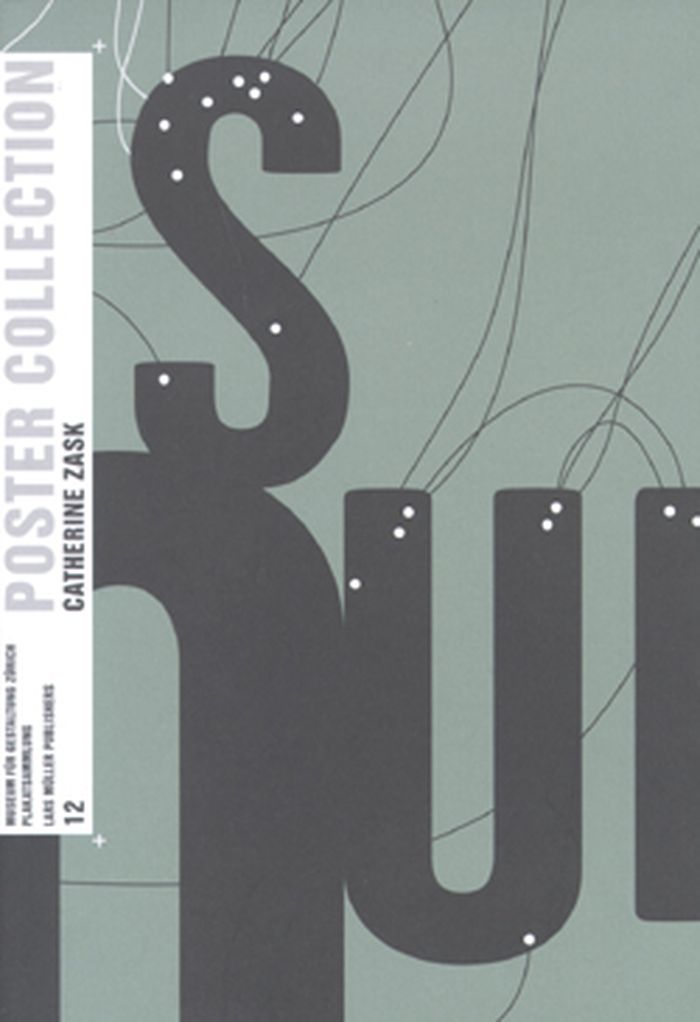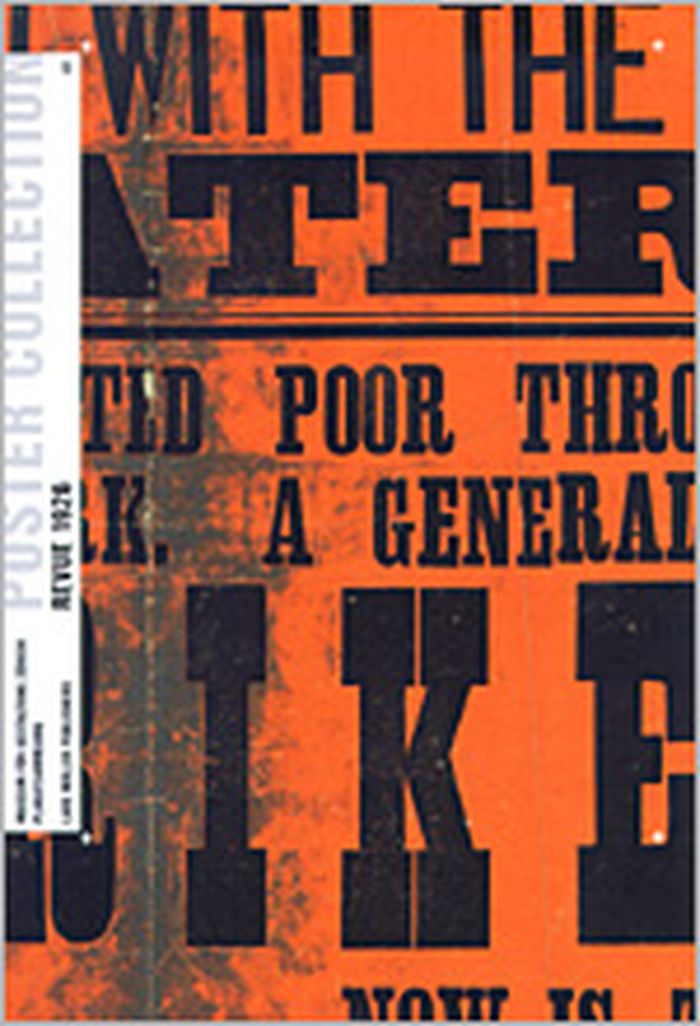$29.95
(disponible en magasin)
Résumé:
One of the most innovative French graphic designers, Catherine Zask’s posters have the elegance and coherence of DNA, and indeed she works with the building blocks of writing and communication letters. Here, in "Poster collection 12", the series from the Zurich Museum für Gestaltung, she allows the letters free rein to be musical, to trigger echoes, to store images, but(...)
janvier 2006, Zürich
Poster collection 12 : Catherine Zask
Actions:
Prix:
$29.95
(disponible en magasin)
Résumé:
One of the most innovative French graphic designers, Catherine Zask’s posters have the elegance and coherence of DNA, and indeed she works with the building blocks of writing and communication letters. Here, in "Poster collection 12", the series from the Zurich Museum für Gestaltung, she allows the letters free rein to be musical, to trigger echoes, to store images, but never unmoors them from their task of providing written communication in an appropriate and comprehensible form. The dialogue with the client and the public is crucially important to Zask: “I make graphics to include the others.” Her work for SCAM (Société Civile des Auteurs Multimédia), the Hippodrome theater in Douai, and the École d’Architecture Paris-Malaquais are evidence of the remarkable clarity and unmistakable individuality of her work.
$29.95
(disponible en magasin)
Résumé:
A cross-section of a year chosen at random, the poster collection casts its net in its own archive and presents posters from Paris, London, Moscow, Vienna, Zurich or Milan. They all have only one thing in common: the year in which they were produced. History is not seen as a continuous development, but as a broad showplace for simultaneity.
février 2002, Zurich
Poster collection 01 : revue 1926
Actions:
Prix:
$29.95
(disponible en magasin)
Résumé:
A cross-section of a year chosen at random, the poster collection casts its net in its own archive and presents posters from Paris, London, Moscow, Vienna, Zurich or Milan. They all have only one thing in common: the year in which they were produced. History is not seen as a continuous development, but as a broad showplace for simultaneity.

